5G on the iPhone 12: how the next-gen network will shape the mobile experience
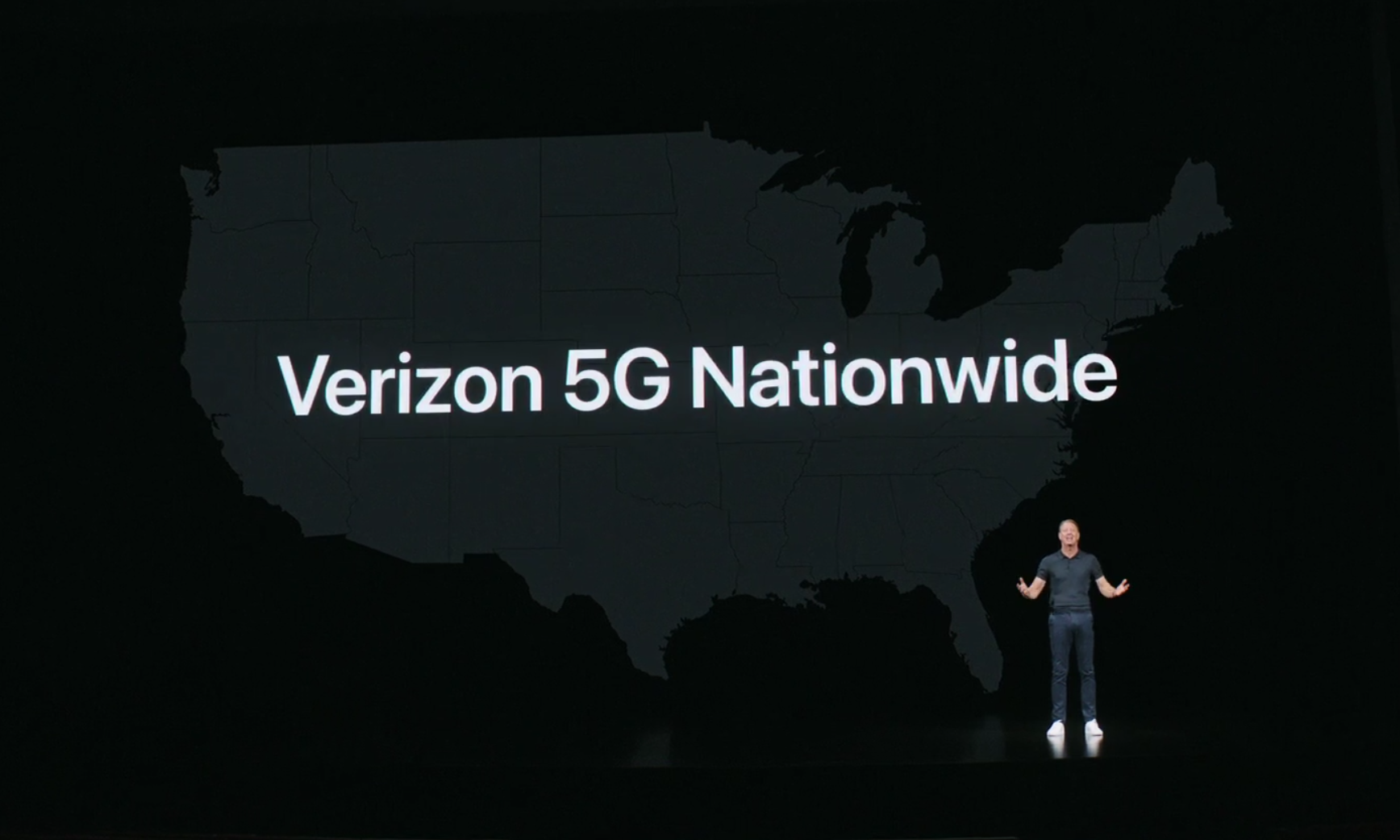
Verizon announced its new nationwide 5G network at the Apple iPhone 12 launch event
What is Verizon's new 5G nationwide network?
First, a crash course: what exactly is 5G? It’s the next generation of broadband cellular networks, which has slowly become more and more available for the general public. In theory, it can provide a whole host of benefits, most notably increased internet speeds and better bandwidth, so you don’t get slowdowns in crowded areas.
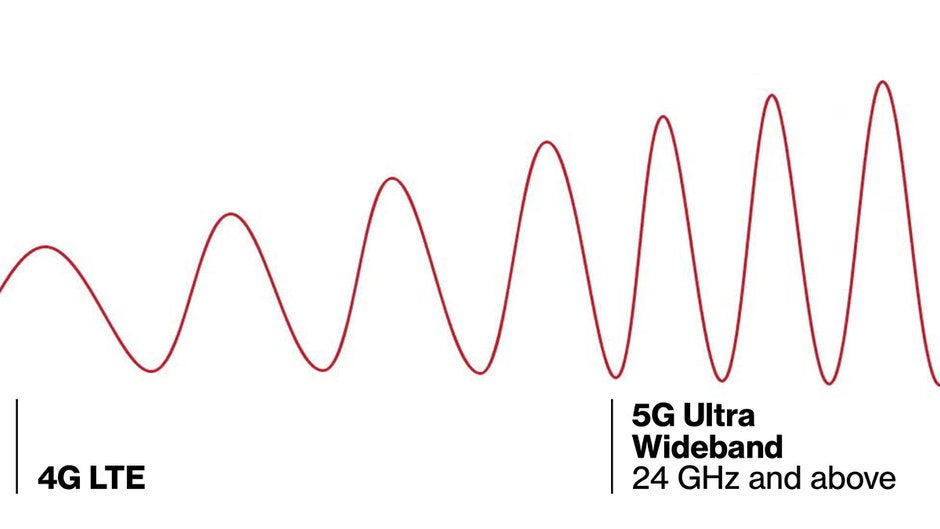
The 5G network exists across a spectrum of frequencies
You can read our in-depth guide on each US carrier’s 5G strategy, but the main takeaway is that Verizon is the main proponent of the speedy but flimsy mmWave network, T-Mobile has put a lot of work into its low-band network, and its merger with Sprint provides extra mid-band for more robust coverage. However, Verizon’s announcement today heralds the start of its very own low-band coverage, meaning its 5G network could get a whole lot more reliable.
How is this possible? Verizon is relying on a trick called dynamic spectrum sharing, or DSS, which allows it to use the same infrastructure as its current widespread 4G LTE network and share it with its new 5G nationwide network. Verizon hasn’t revealed all the details of this yet, and it might not be the magic bullet for reliable network coverage (as T-Mobile gladly points out). But in theory at least, it means that 5G enabled devices on Verizon should start feeling the benefits of 5G closer to home.
What can the new iPhone 12 do with 5G?
How does this tie into the new iPhone launch? Well, the iPhone 12 has the most 5G antennas of any phone we’ve seen so far. To be specific, the US variant of the iPhone 12, 12 mini, 12 Pro, and 12 Pro Max all share the same set of bands, which are:
- 5G: bands n1, n2, n3, n5, n7, n8, n12, n20, n25, n28, n38, n40, n41, n66, n71, n77, n78, n79, n260, n261
- LTE: bands 1, 2, 3, 4, 5, 7, 8, 12, 13, 14, 17, 18, 19, 20, 25, 26, 28, 29, 30, 32, 34, 38, 39, 40, 41, 42, 46, 48, 66, 71
This list includes a whopping 20 (!!) 5G bands and support for mmWave, low-band, and everything in between. So it’s well equipped to take advantage of all types of 5G from whatever carrier you take it to. International models don't support mmWave, but in the States at least this is an incredibly robust list of supported bands.
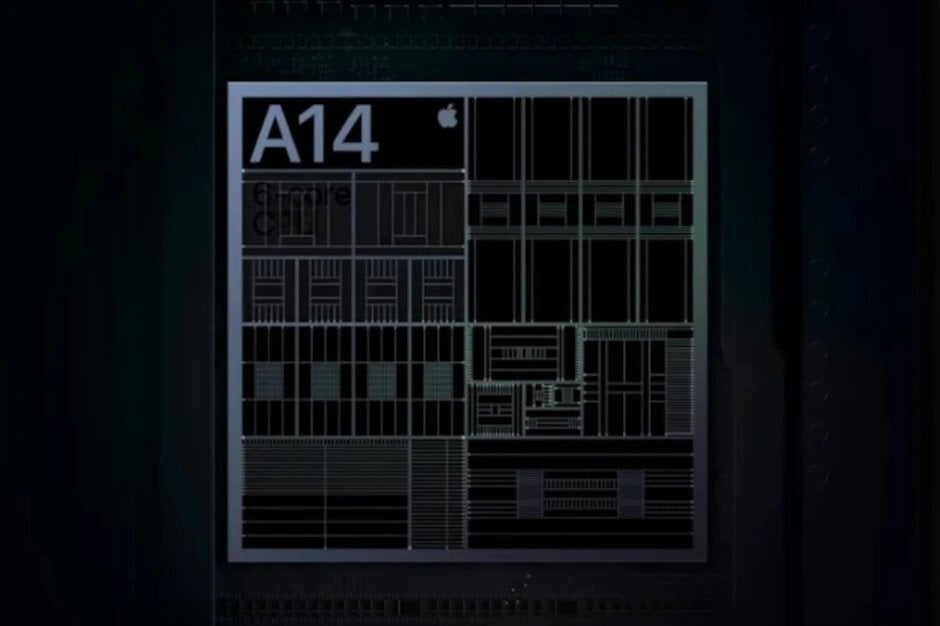
Apple says the iPhone's hardware is essential to making full use of 5G's potential
Apple is also touting the iPhone’s ability to take advantage of 5G better than its competitors due to its excellent specs. The A14 Bionic chip is the latest entry in a series of chipsets historically known to crush its Android competitors, and it has an emphasis on graphics processing that gives the iPhone 12 an especial affinity to gaming.
On that note, Apple announced a collaboration with the popular video game League of Legends, saying that the iPhone 12’s speedy processor paired with 5G will be equipped to provide excellent latency, responsiveness, and reliability. Apple has promised that its hardware will make possible the revolutionary use cases 5G can bring, like improved AR or immersive experiences at stadiums.
Where will 5G go next?
Even without these lofty promises, the iPhone 12 will succeed at moving the 5G train forward simply because it is from Apple. Regardless of your personal opinion of Apple and its walled garden, the Cupertino-based firm is certainly a titan when it comes to commanding the trends of the industry, even when (or especially when) it arrives late to the party, like it has with 5G.
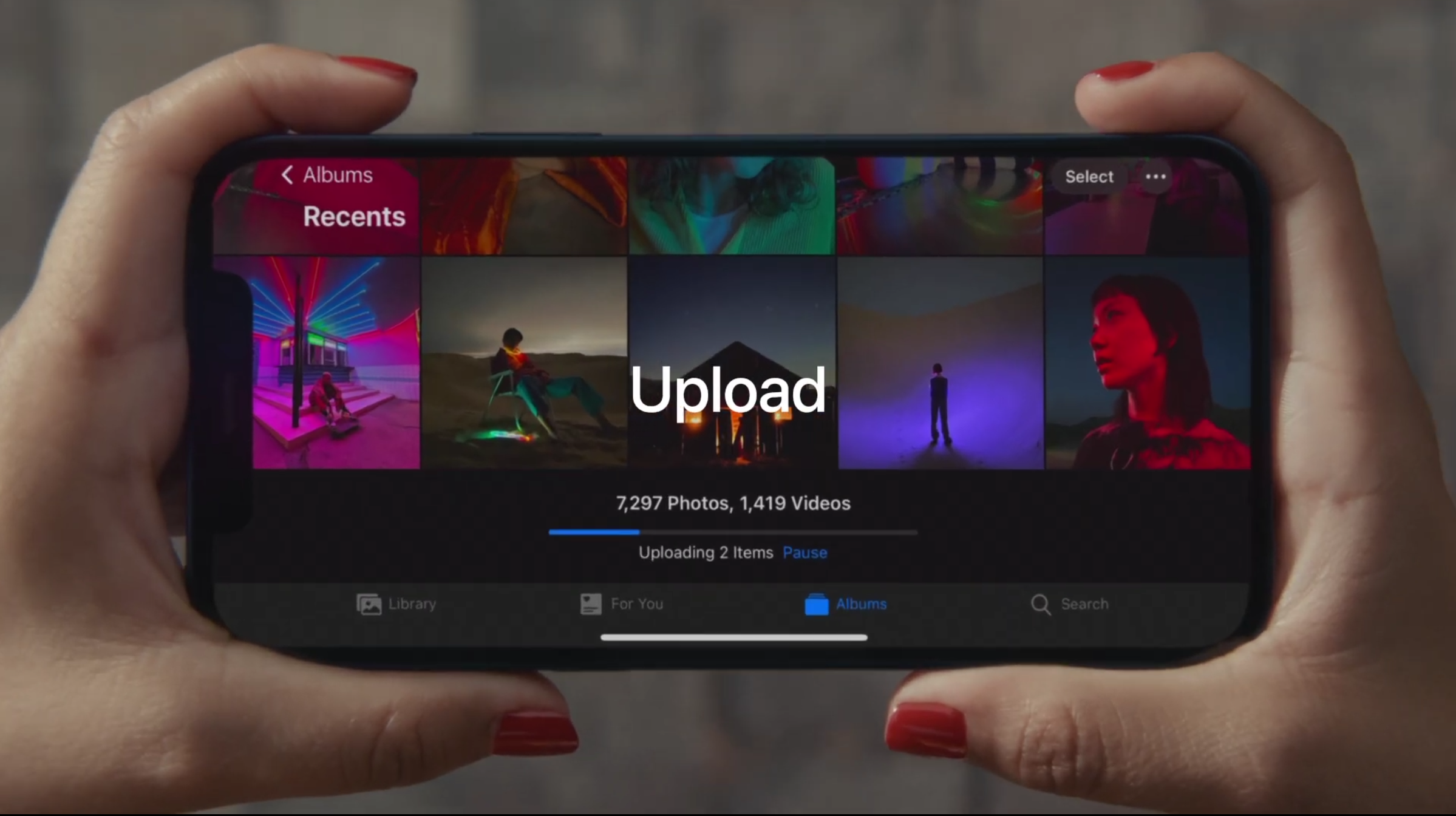
5G will give the iPhone 12 access to superfast internet speed (hopefully)
So to recap—what will 5G bring to those looking to purchase the new iPhone 12? Depending on your carrier and location, you should see small and large improvements in downloading speeds, streaming quality, and network reliability. Further, the 5G coverage available across the country will soon improve dramatically. Finally, more experiences available only with 5G will be emerging into reality as tech firms, carriers, and others collaborate to provide next-gen software and use cases across the country. Looks like 5G is finally ready to blossom.
Follow us on Google News





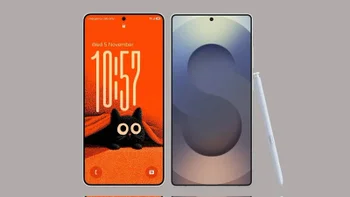


![A new Android bug is making it impossible to install new apps. Are you affected? [UPDATE]](https://m-cdn.phonearena.com/images/article/176703-wide-two_350/A-new-Android-bug-is-making-it-impossible-to-install-new-apps.-Are-you-affected-UPDATE.webp)


Things that are NOT allowed:
To help keep our community safe and free from spam, we apply temporary limits to newly created accounts: